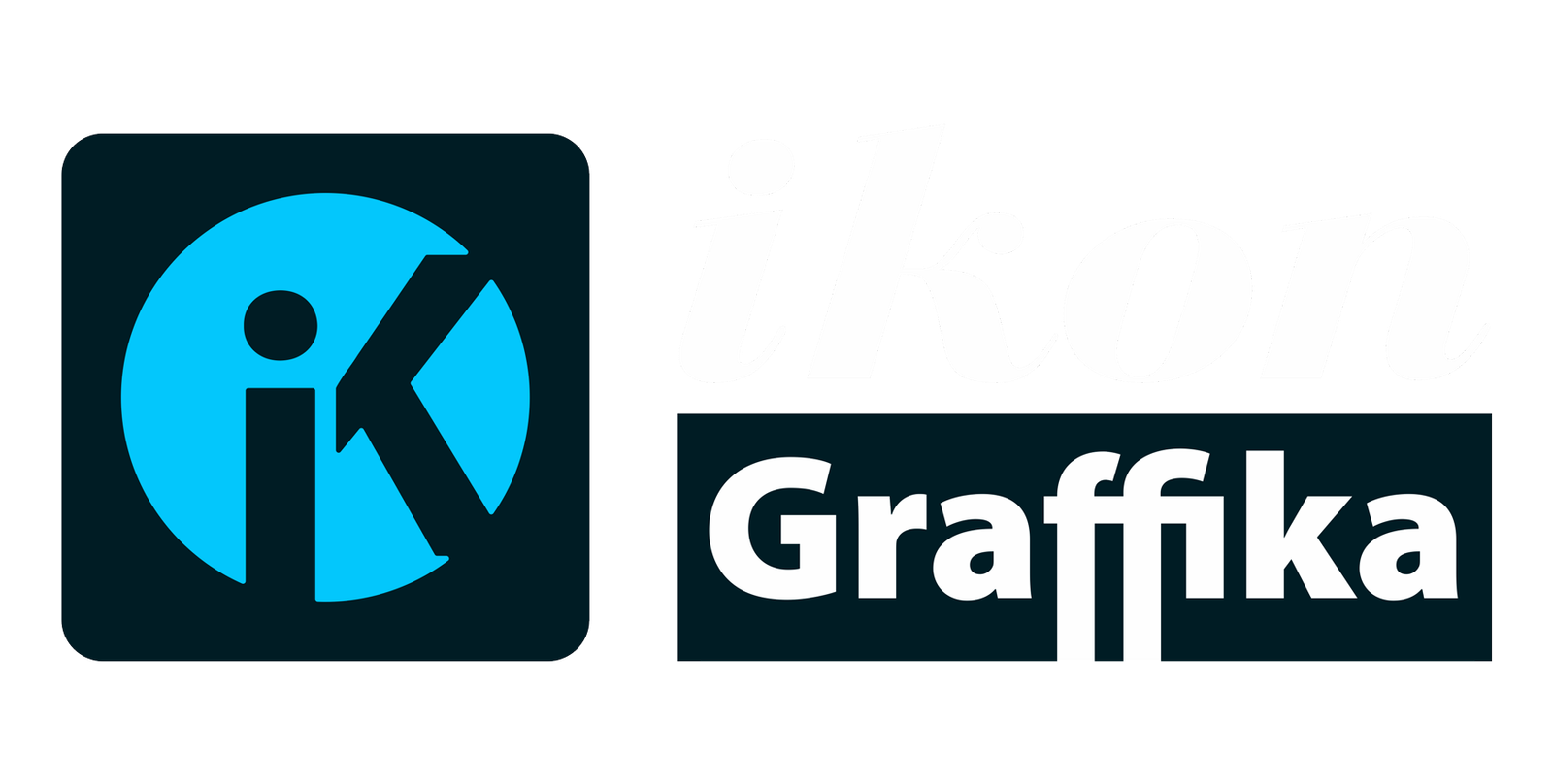Introduction
In the world of digital graphics, two main types dominate the landscape: vector and raster graphics. Whether you’re a graphic designer, a web developer, or simply someone interested in creating digital art, understanding the differences between vector and raster graphics is crucial. This blog post will explore these two graphic types, their characteristics, and when to use each one.
What Are Vector Graphics?
Vector graphics are images created using mathematical formulas. They consist of paths, which are defined by a start and endpoint, along with other points, curves, and angles along the way. These paths can be used to represent lines, shapes, and other graphic elements.
Key features of vector graphics:
- Scalability: Vector images can be resized without losing quality
- Small file sizes: Vector files are often smaller than raster files
- Easy to edit: Individual elements can be easily modified
- Perfect for logos and illustrations
Learn more about vector graphics
What Are Raster Graphics?
Raster graphics, also known as bitmap images, are composed of pixels arranged in a grid. Each pixel contains color information, and when viewed together, these pixels form the complete image.

Key features of raster graphics:
- Fixed resolution: Image quality depends on the number of pixels
- Larger file sizes: Especially for high-resolution images
- Detailed images: Great for photographs and complex images
- Wide compatibility: Most common image formats are raster-based
Explore raster graphics in detail
Key Differences Between Vector and Raster Graphics
Understanding the differences between vector and raster graphics is essential for choosing the right format for your project. Here are the main distinctions:
- Scalability: Vector graphics can be scaled infinitely without losing quality, while raster images become pixelated when enlarged.
- File size: Vector files are generally smaller than raster files, especially for simple graphics.
- Editing: Vector graphics allow for easy manipulation of individual elements, whereas editing raster images often affects surrounding pixels.
- Detail: Raster images can display more complex details and color gradients, making them ideal for photographs.
- Software compatibility: Different software programs are optimized for either vector or raster graphics.
When to Use Vector Graphics
Vector graphics are the best choice in several scenarios:
- Logo design: Logos need to be scalable for various applications
- Typography: Text remains crisp and clear at any size
- Illustrations: Clean, simple artwork benefits from vector format
- Print materials: Ensures high-quality output at any size
- Web icons: Scalable icons look great on different screen sizes
When to Use Raster Graphics
Raster graphics are preferable in the following situations:
- Photography: Capture and display complex images with millions of colors
- Digital painting: Create detailed artwork with various brushes and textures
- Web design: Most web graphics are raster-based for compatibility
- Image editing: Manipulate and retouch photographs
- Complex illustrations: When intricate details and textures are needed
Popular Software for Vector and Raster Graphics
Vector Graphics Software
- Adobe Illustrator: The industry standard for vector graphics
- Pros: Powerful tools, integration with other Adobe products
- Cons: Steep learning curve, subscription-based pricing
- Inkscape: A free, open-source alternative
- Pros: Free, cross-platform compatibility
- Cons: Less powerful than Illustrator, may lack some advanced features
- CorelDRAW: Popular among print professionals
- Pros: Comprehensive toolset, one-time purchase option
- Cons: Windows-only, can be expensive
Raster Graphics Software
- Adobe Photoshop: The go-to software for image editing and manipulation
- Pros: Extensive features, industry standard
- Cons: Subscription-based, complex for beginners
- GIMP: A free, open-source alternative to Photoshop
- Pros: Free, cross-platform compatibility
- Cons: Interface can be less intuitive, fewer advanced features
- Affinity Photo: A professional-grade photo editing software
- Pros: One-time purchase, powerful features
- Cons: Smaller user community, fewer tutorials available
Converting Between Vector and Raster Formats
Sometimes, you may need to convert between vector and raster formats. Here’s what you need to know:
Vector-to-Raster Conversion
- Easy to do: Most vector software can export to raster formats
- Quality depends on the export settings (resolution, color depth)
- resulting file is no longer scalable
Raster to Vector Conversion
- More challenging: Requires tracing the raster image
- It can be done automatically or manually
- results vary depending on the complexity of the original image
- It is useful for converting logos or simple graphics to scalable formats
Learn about image tracing in Adobe Illustrator
Conclusion
Understanding vector and raster graphics is essential for anyone working with digital images. Each type has its strengths and ideal use cases. Vector graphics excel in scalability and simplicity, making them perfect for logos, illustrations, and typography. Raster graphics shine when it comes to complex images, photographs, and detailed artwork.
By choosing the right format for your project and using appropriate software, you can create stunning visuals that meet your specific needs. Whether you’re designing a logo in Adobe Illustrator or editing a photograph in Adobe Photoshop, knowing the differences between vector and raster graphics will help you make informed decisions and produce high-quality work.
Remember to consider factors such as scalability, file size, editing requirements, and intended use when deciding between vector and raster formats. With practice and experience, you’ll become proficient in working with both types of graphics, enhancing your skills as a digital artist or designer.
We hope this guide has helped you understand the world of vector and raster graphics better. Do you have any experience working with these formats? Share your thoughts and questions in the comments below!




